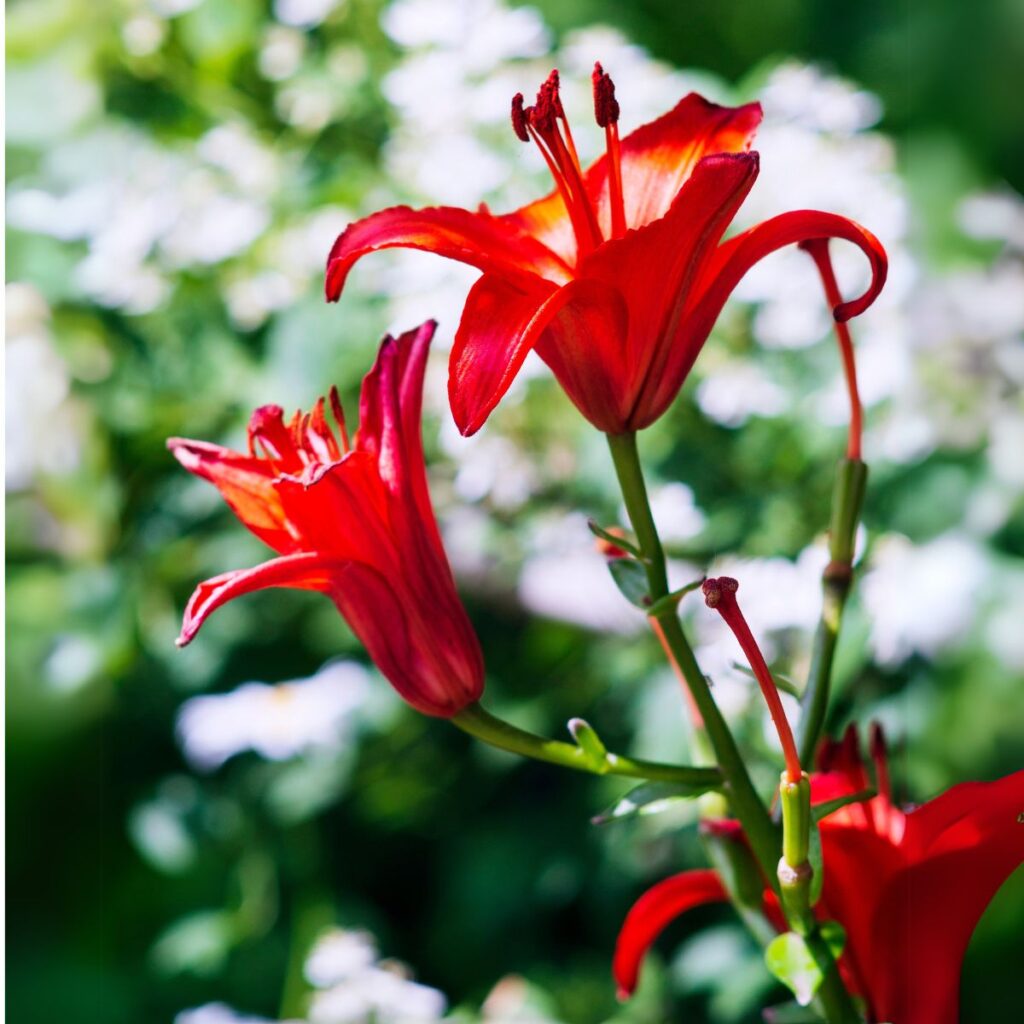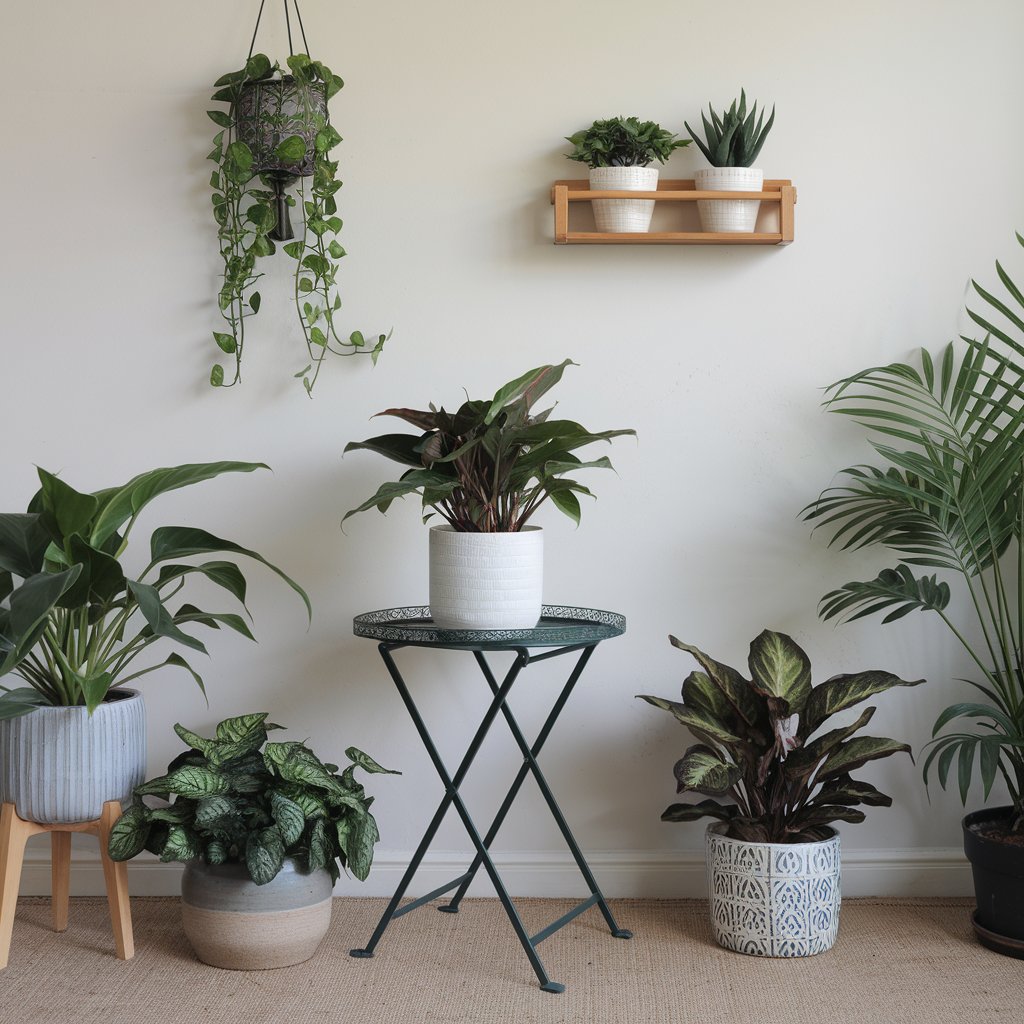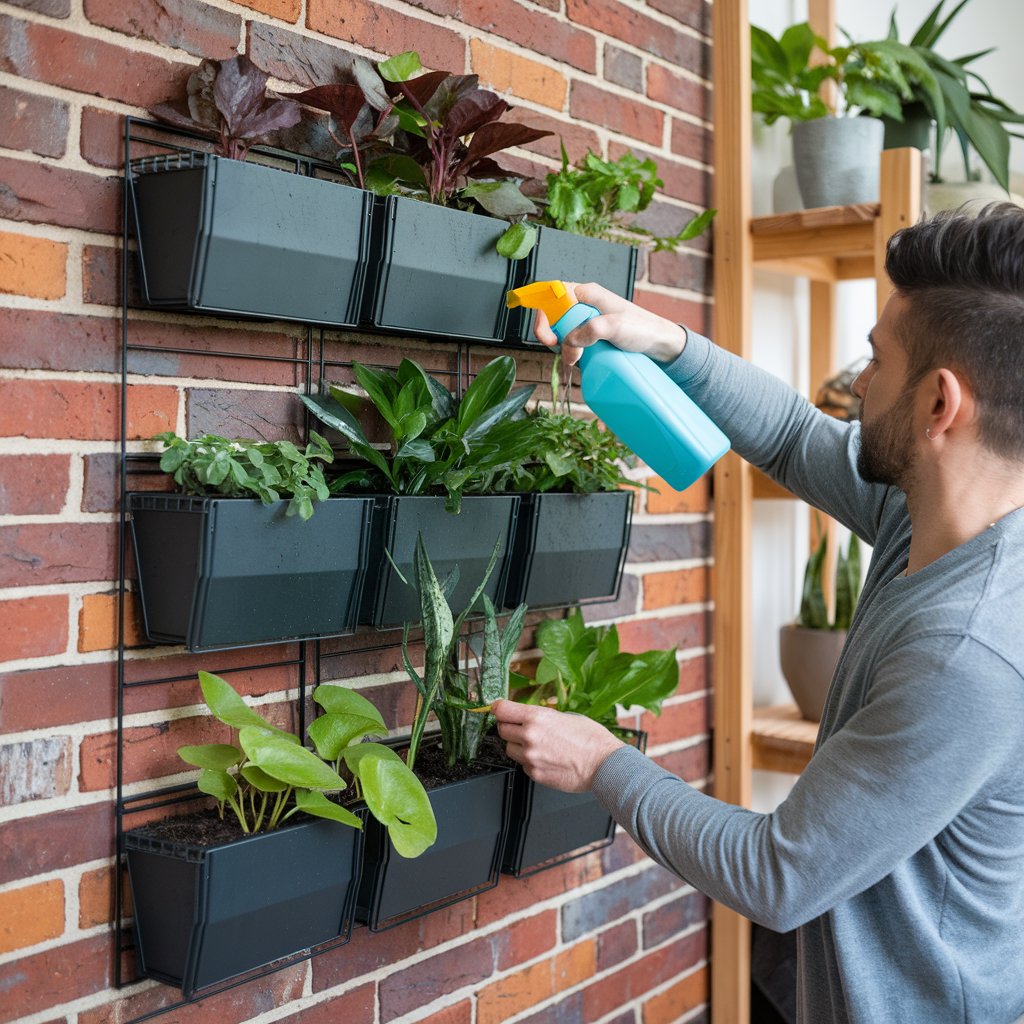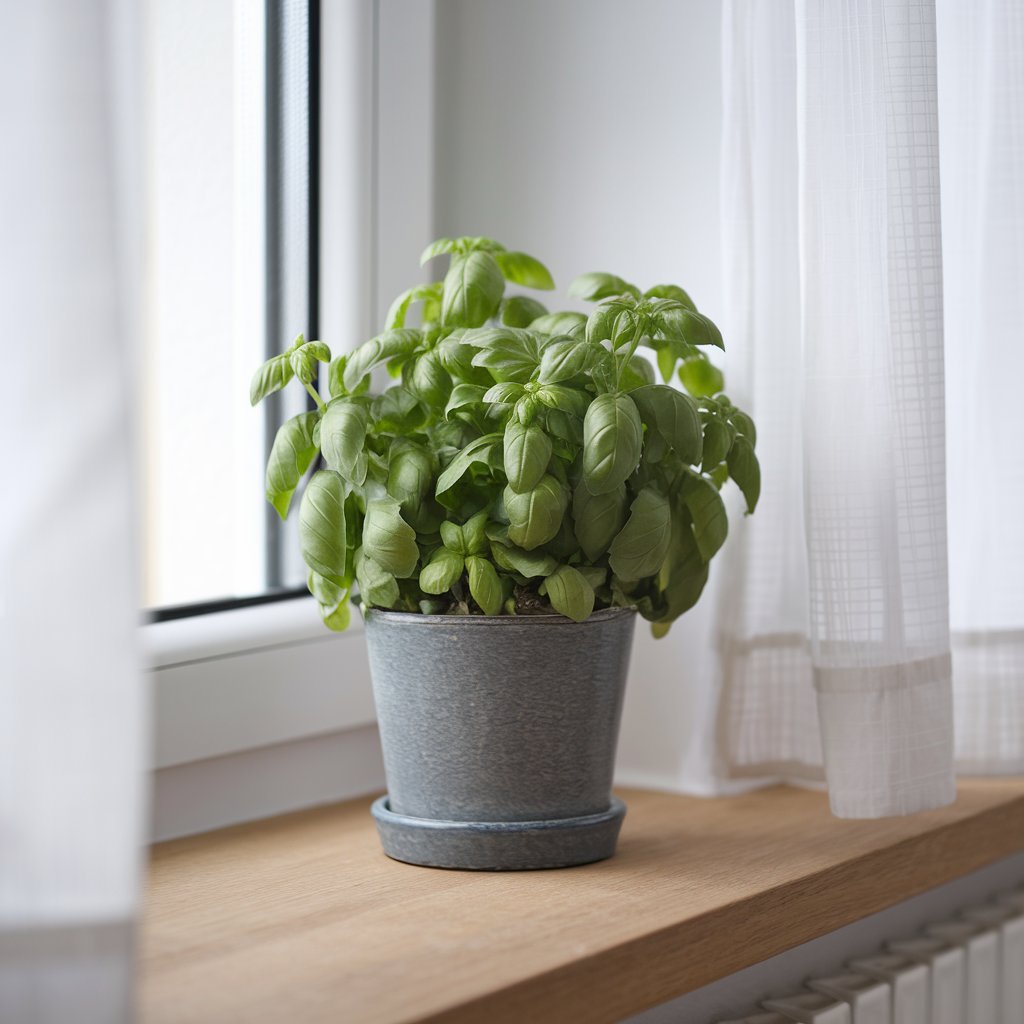If you’re looking for a plant that combines unique beauty with easy indoor care, the lipstick plant is a perfect choice. Its cascading vines and vibrant, tube-shaped flowers resembling lipstick tubes make it an eye-catching addition to any home. Over time, I’ve fallen in love with the joy and life this tropical plant brings to indoor spaces. Whether you’re a seasoned plant parent or a beginner looking to green up your home, let me take you through everything you need to know about lipstick plants, including their varieties, care needs, and propagation tips.
What is a Lipstick Plant?
The lipstick plant (Aeschynanthus radicans) is a tropical epiphyte native to Southeast Asia. It naturally grows in the crevices of trees, drawing nutrients from the air and rain. Indoors, it thrives in a hanging basket or high shelf, where its trailing vines can show off glossy leaves and brilliant red, orange, or pink flowers. These blooms, which resemble tubes of lipstick, make it a favorite among indoor gardeners.
Why Grow Lipstick Plants Indoors?
Lipstick plants are an excellent choice for brightening up indoor spaces. They are:
- Aesthetically Pleasing: Their glossy leaves and colorful blooms make them a standout piece in any room.
- Compact and Versatile: Perfect for apartments or small spaces, they adapt well to hanging baskets or tabletop pots.
- Relatively Low Maintenance: With proper care, lipstick plants are easy to manage and can bloom year-round in the right conditions.
Popular Lipstick Plant Varieties
Lipstick plants come in several varieties, each with its unique charm. Here are some favorites:
- Twisted Lipstick Plant (Aeschynanthus radicans ‘Twister’): Known for its curly, twisted leaves that add a playful texture.
- Curly Lipstick Plant: A close relative of the twisted variety, it has tighter curls and a compact growth pattern.
- Mona Lisa Lipstick Plant: One of the most popular, with larger, deep red blooms that contrast beautifully with dark green leaves.
- Monalisa Lipstick Plant: A similar variety with subtle differences in flower size and hue.
- Variegated Lipstick Plant: Features green and cream leaves, adding extra visual interest even when not in bloom.
Each variety has its appeal, so choose one that suits your style and complements your indoor decor.
How to Care for Lipstick Plants Indoors
Lipstick plants are relatively forgiving, but they thrive best with proper care.
1. Light Requirements
Lipstick plants love bright, indirect light. Choose a location near a window with soft, filtered light for the best results. Intense sunlight may burn the leaves, while insufficient light can hinder blooming.
2. Watering Needs
Keep the soil evenly moist but not soggy. Water when the top inch of soil feels dry to the touch. Overwatering can cause root rot, so ensure the pot has good drainage. Reduce watering during the dormant season (winter).
3. Humidity and Temperature
Being tropical plants, lipstick plants thrive in high humidity and temperatures between 65–85°F (18–29°C). To boost humidity, mist the plant regularly, place a tray of water nearby, or use a humidifier.
4. Soil Mix
A well-draining potting mix, like one designed for orchids or epiphytes, works best. You can create your mix by combining regular potting soil with perlite and orchid bark.
5. Fertilizer
Feed your lipstick plant with a balanced, water-soluble fertilizer every 2–4 weeks during spring and summer. Skip fertilizing in winter to allow the plant to rest.
6. Pruning and Maintenance
Prune regularly to encourage bushy growth and remove any dead or yellowing leaves. This also helps keep the plant tidy and healthy.
Propagating Lipstick Plants
One of the most rewarding aspects of growing lipstick plants is propagating them. It’s a straightforward process:
- Take a Cutting: Snip a healthy stem just below a node. The cutting should have 4–6 inches of stem and a few leaves.
- Root in Water or Soil:
- Put the cutting in a container of water, making sure the node stays underwater. Change the water weekly.
- Alternatively, plant the cutting in a pot with moist potting mix and cover it with a plastic bag to retain humidity.
- Wait for Roots: Roots typically develop in 2–4 weeks. Once they are 1–2 inches long, transplant the cutting into its permanent pot.
Common Challenges and Solutions
Even with the best care, lipstick plants may face some issues:
- Yellowing Leaves: Often a sign of overwatering or insufficient light. Adjust your care routine accordingly.
- No Flowers: This may result from low light or inadequate feeding. Ensure the plant gets enough bright, indirect light and fertilize regularly during the growing season.
- Pests: Watch for mealybugs and spider mites. Treat infestations by wiping the leaves with a mixture of water and insecticidal soap.
Styling Lipstick Plants Indoors
Lipstick plants are incredibly versatile when it comes to indoor styling. Here are some ideas:
- Hanging Baskets: Let the vines cascade for a stunning display.
- Wall Shelves: Showcase the plant’s trailing beauty on high shelves.
- Grouped Arrangements: Pair lipstick plants with other tropicals, such as pothos or philodendrons, for a lush, green corner.
Why I Love Lipstick Plants
There’s something magical about watching lipstick plants thrive indoors. Their cheerful blooms bring a sense of joy and warmth to my space, and caring for them feels like a therapeutic ritual. Whenever I see those vibrant flowers, I’m reminded of the beauty and resilience of nature, even within the walls of my home.
Add a Lipstick Plant to Your Indoor Garden
Lipstick plants are more than just decorative houseplants—they’re vibrant companions that elevate your indoor garden with their bold colors and playful charm. With their relatively low-maintenance needs and year-round beauty, they’re a perfect choice for beginners and experienced plant parents alike.
If you’re looking for a way to bring tropical flair into your home, start with a lipstick plant. You’ll fall in love with its blooms just like I did!
Looking for more tips on creating a colorful indoor garden? Visit Indoor gardening for expert advice and inspiration.




